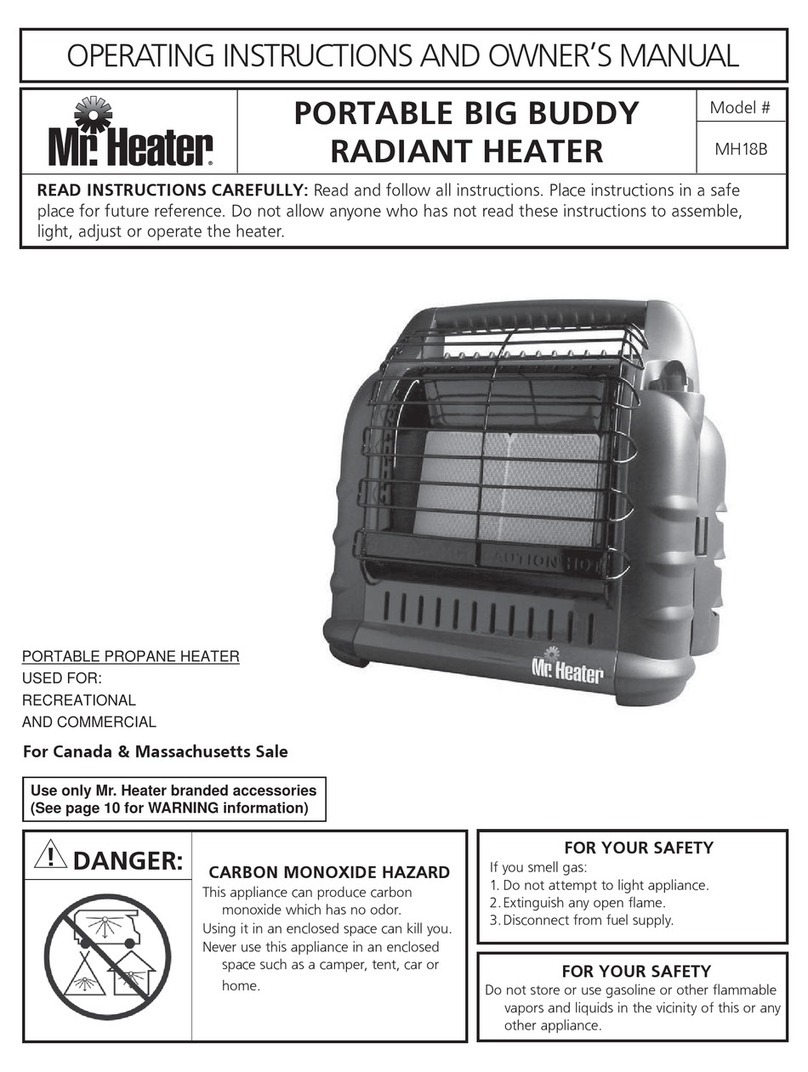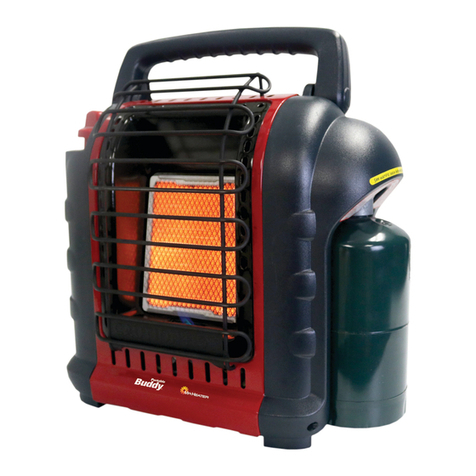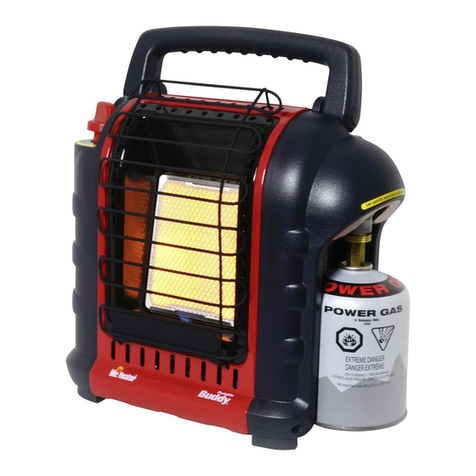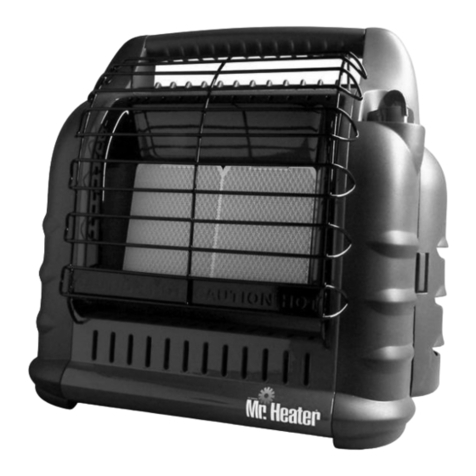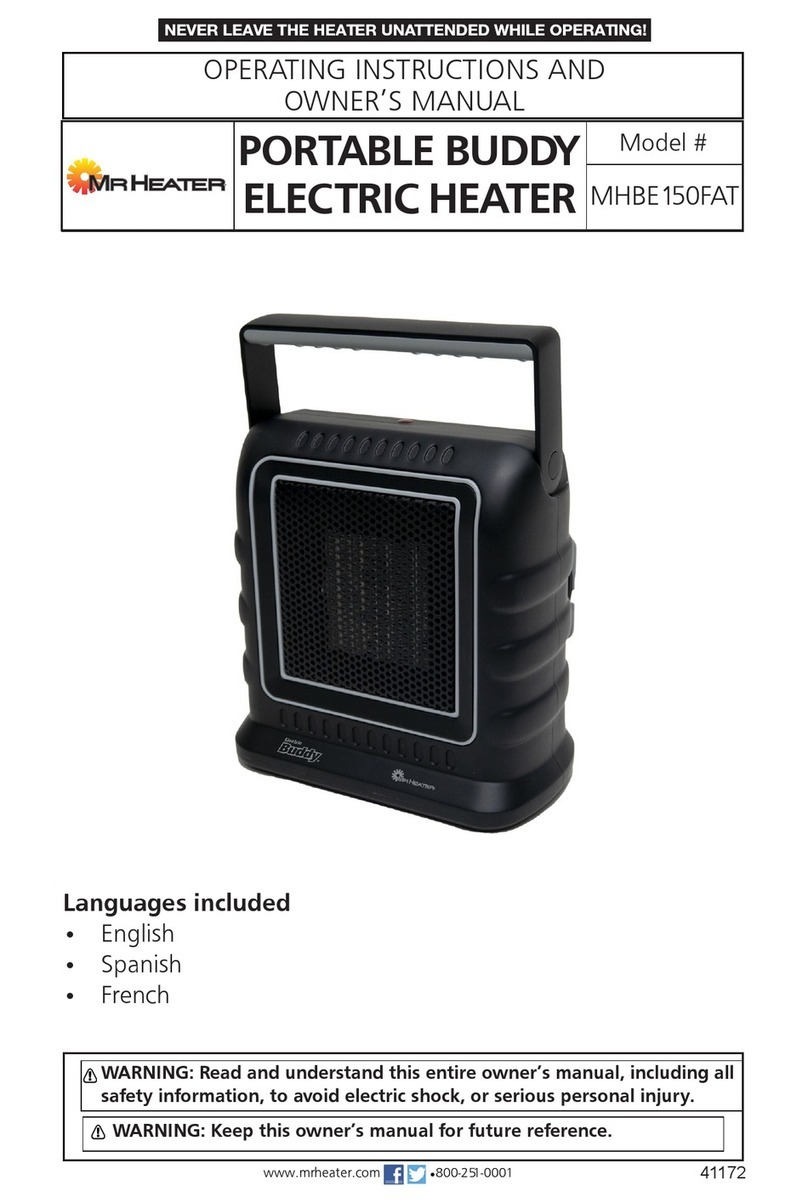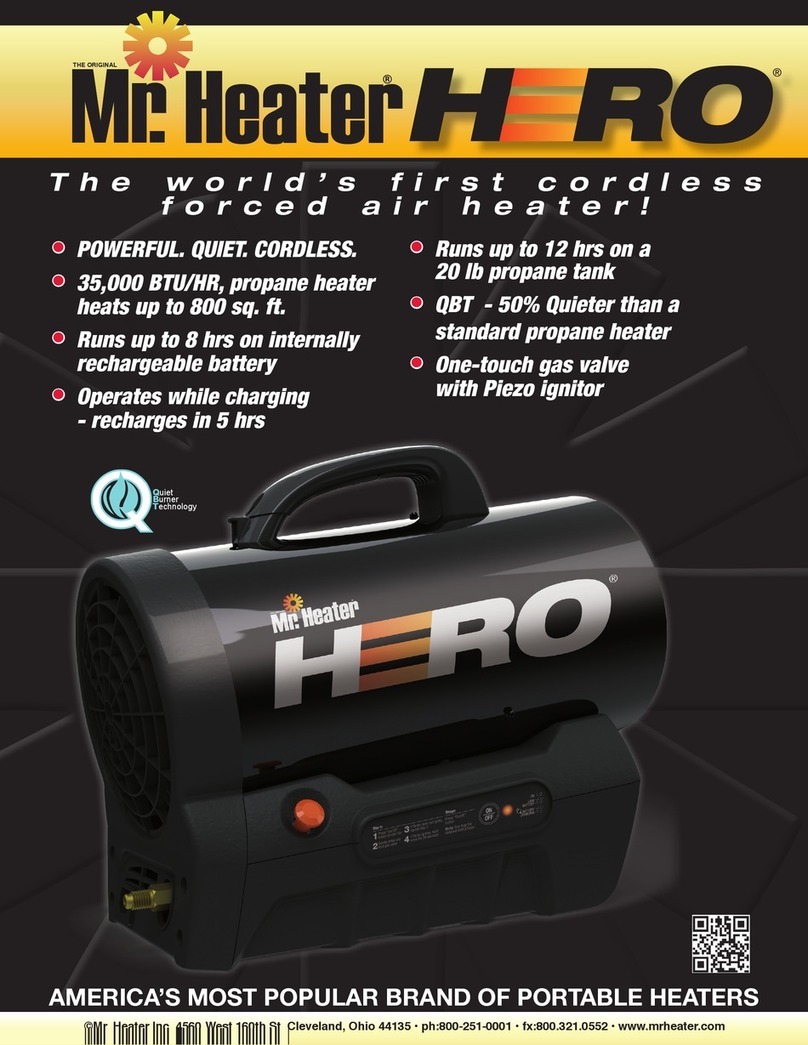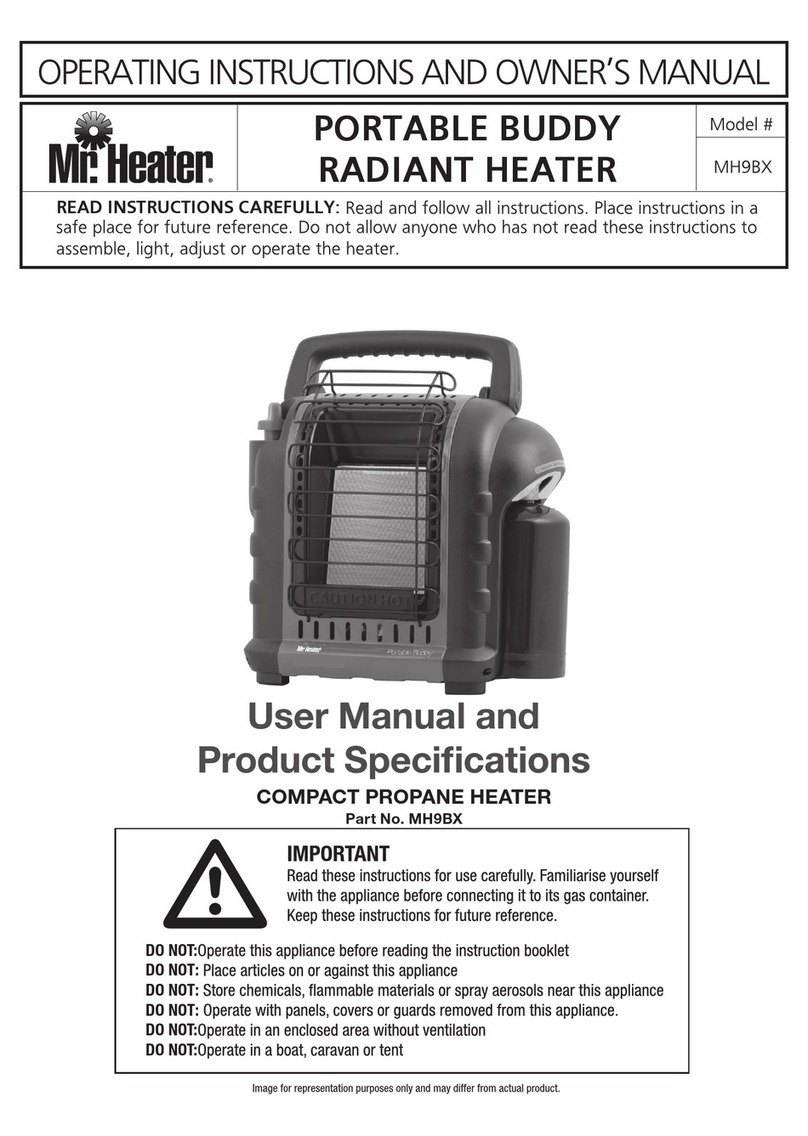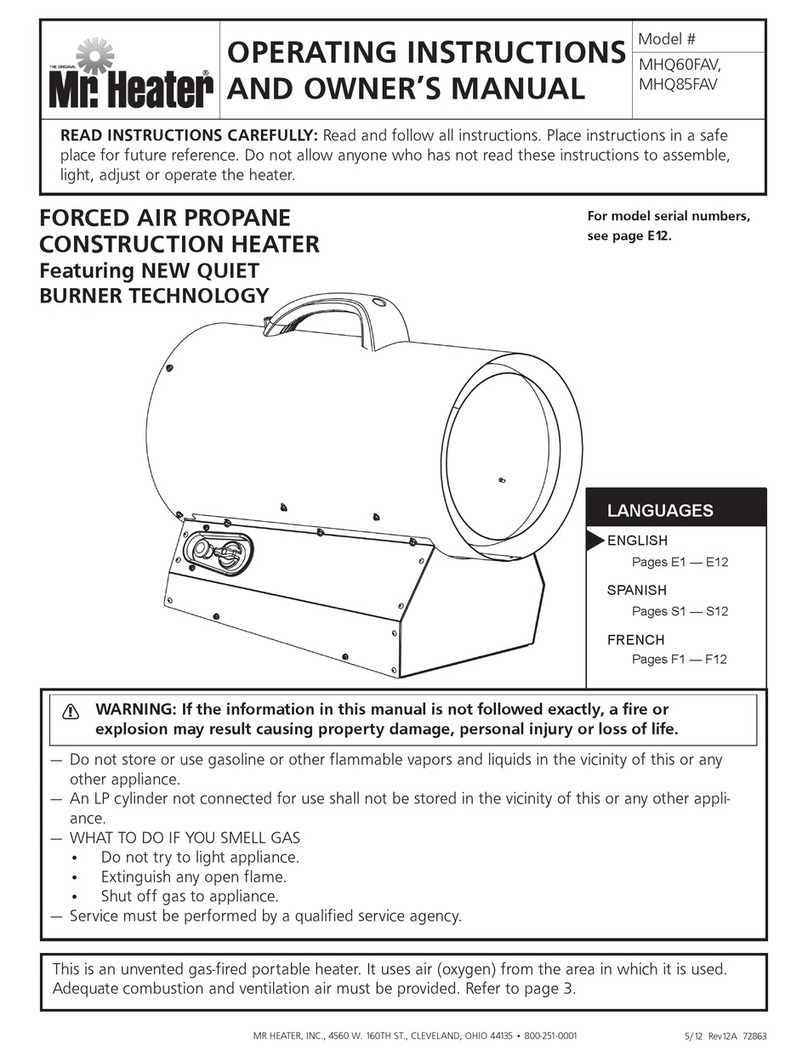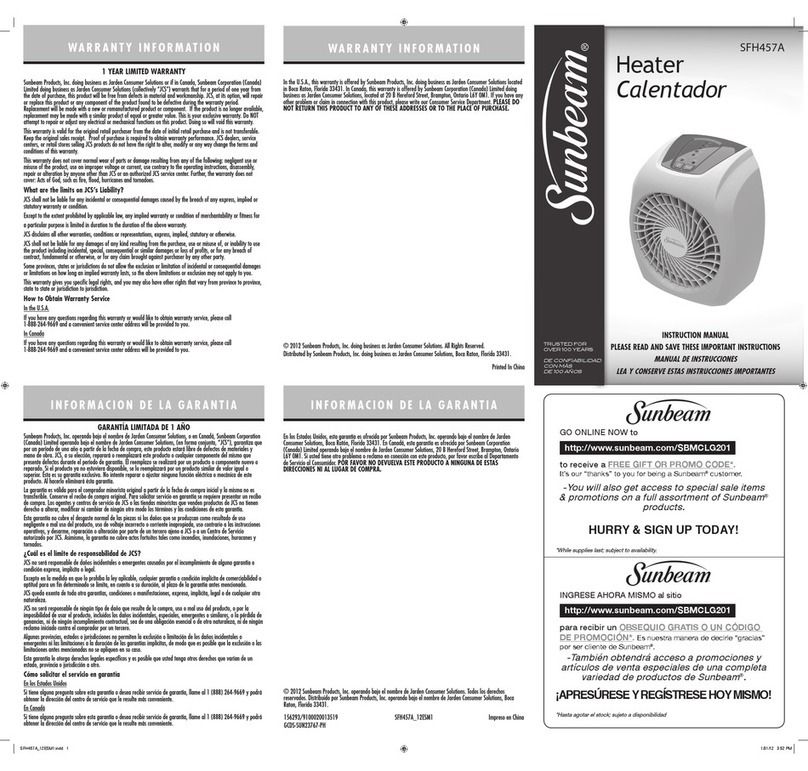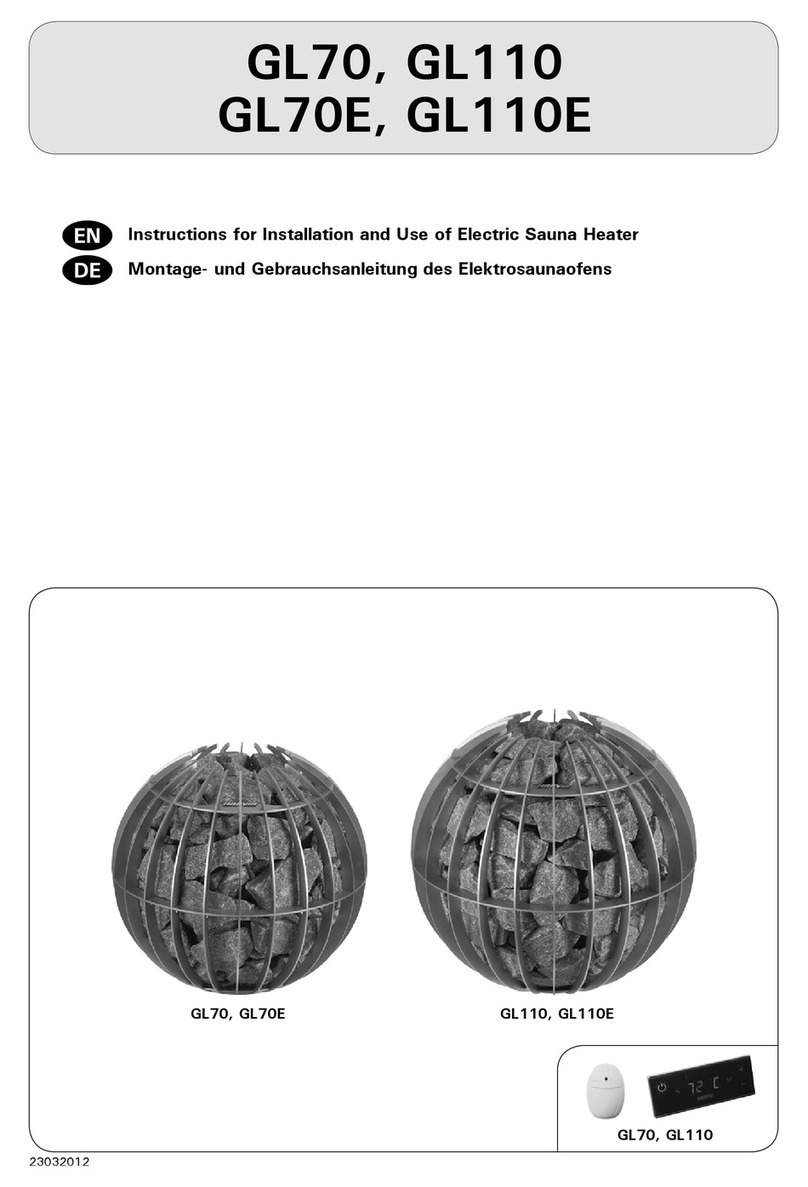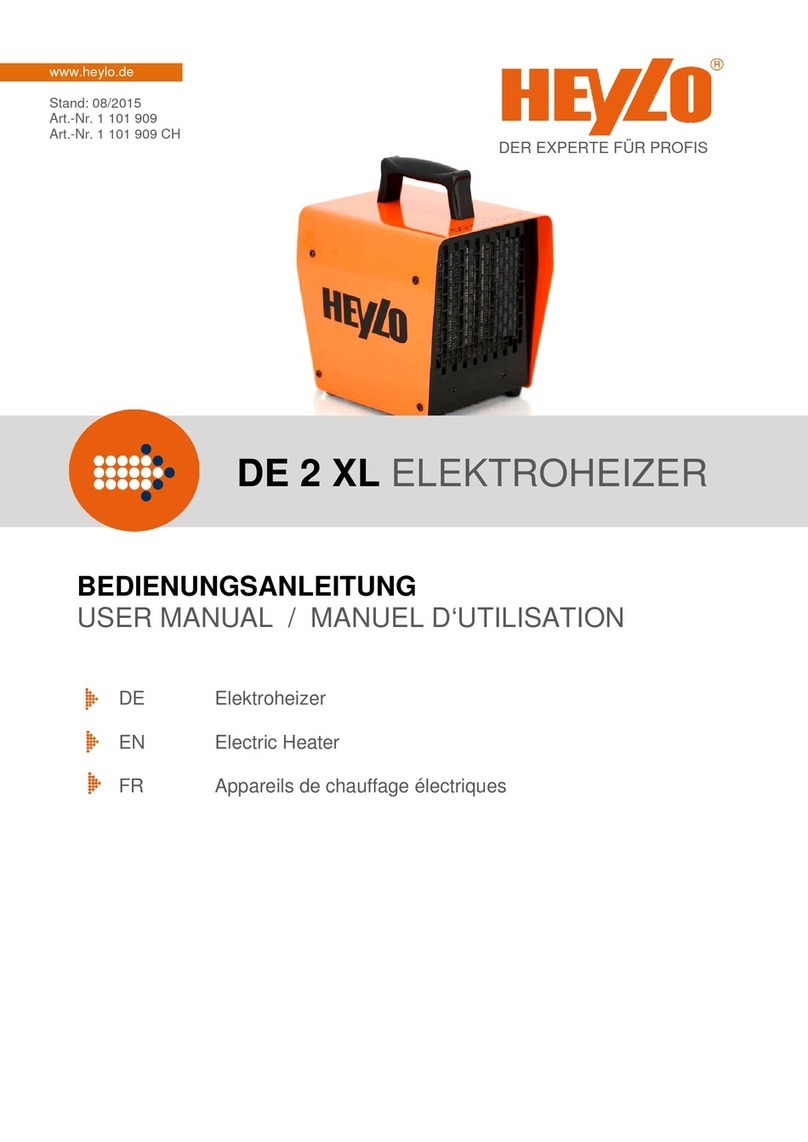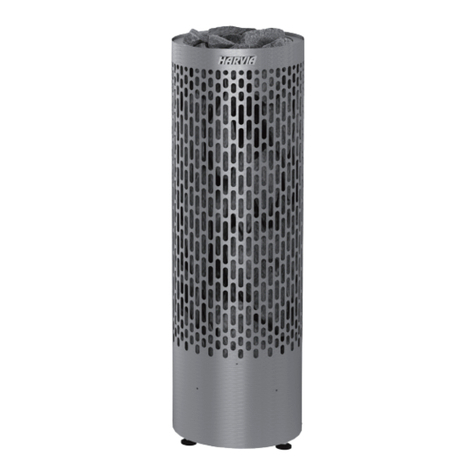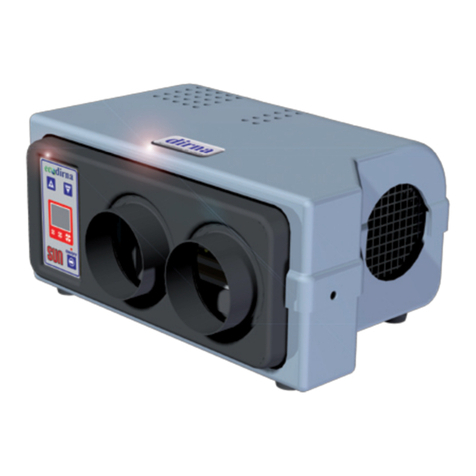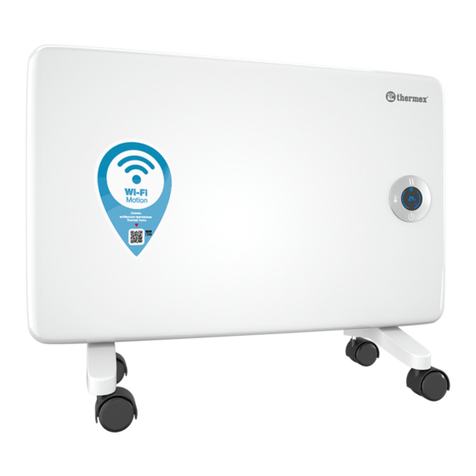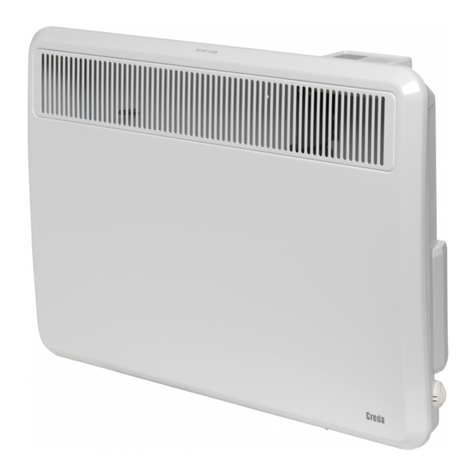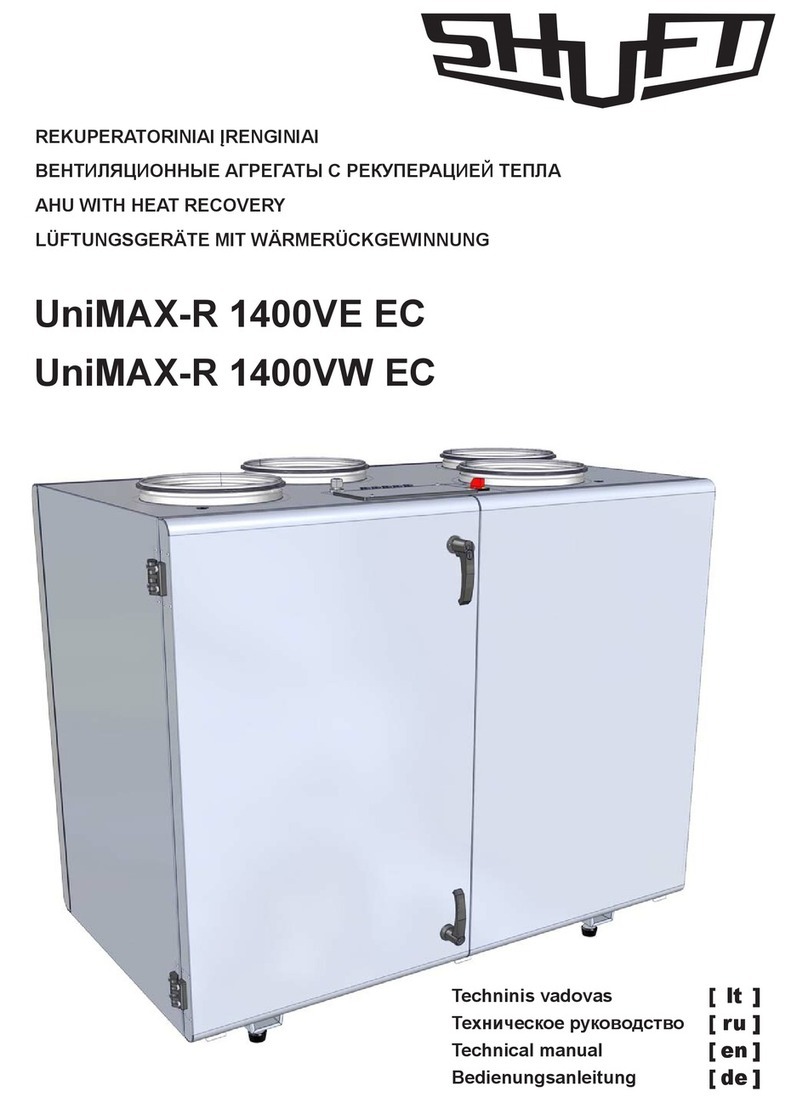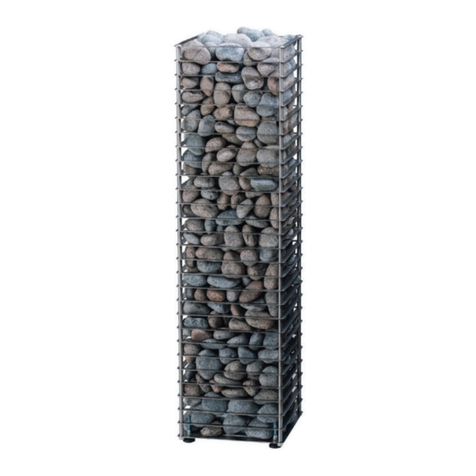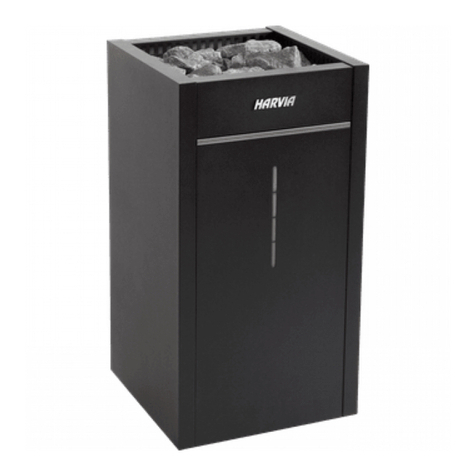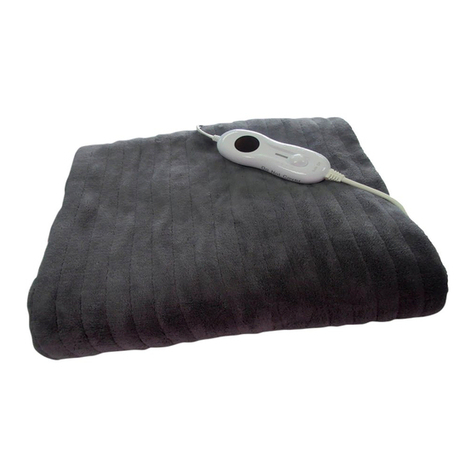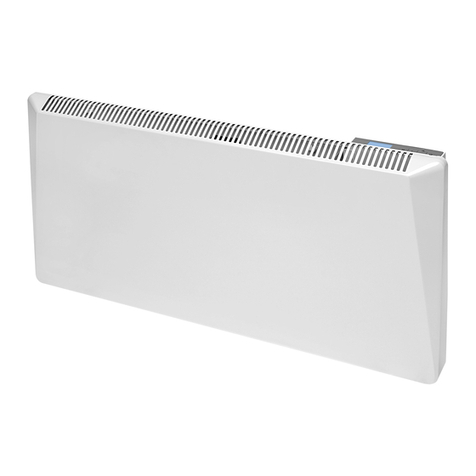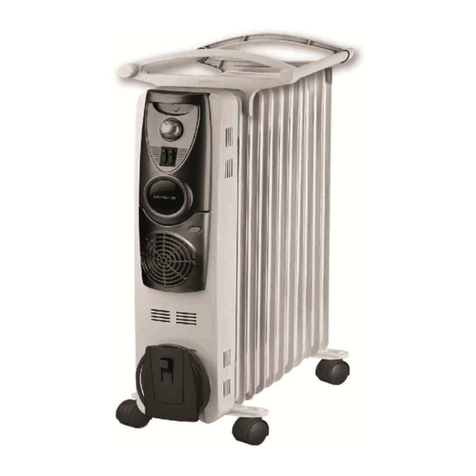
6
Mr. Heater | Portable Buddy Radiant Heater OperatingInstructionsandOwner’sManual
NEVER LEAVE THE HEATER UNATTENDED WHILE BURNING!NEVER LEAVE THE HEATER UNATTENDED WHILE BURNING!NEVER LEAVE THE HEATER UNATTENDED WHILE BURNING!
8. After burner tile has turned bright
orange, adjust heat output by turning
ControlKnobtodesiredposition(“LO”
or“HI”setting).
Shutdown Instructions
1. To shut off heater, slightly push down
and turn Control Knob clockwise to
“OFF”position.
• Do not operate, store or remove
cylinder near flammable items or
ignition sources.
LP-GAS CYLINDERS MUST BE
DISCONNECTED FROM HEATER WHEN
NOT IN USE!
LIGHTING / OPERATING
INSTRUCTIONS FOR USE
WITH HOSE CONNECTED
TO A REMOTE CYLINDER,
MAXIMUM SIZE 20 LBS:
• This Heater may be used in a
recreational enclosure with a remote
refillable propane cylinder ONLY
when the cylinder is located outdoors
and the Heater is used with Mr.
Heater Hose No. F273701, F273702
or F272702 and fuel filter F273699.
Fuel filter must be replaced annually.
(NOTE: Do not operate without the
fuel filter as fuel contamination may
damage the heater.) Or use F273704
Buddy series hose. Fuel filter not
required.
• Inspect the hose before each use
of the heater. If there is excessive
abrasion or wear, or the hose is cut,
replace prior to using the heater with
oneoftheMr.HeaterHoseNo’s.
shown above.
• The LP-gas cylinder(s) used must be
constructed and marked in accordance
with the specifications for LP-gas
cylinders of the U.S. Department of
Transportation (DOT).
• Use only VAPOR WITHDRAWAL
propane supply. If there is any
question about vapor withdrawal, ask
your propane dealer.
• The propane cylinder must include a
listed overfilling protection device as
well as a collar to protect the cylinder
valve.
• This heater consumes oxygen from the
room in which it is installed. To assure
complete combustion, an adequate
fresh air supply to the room, See
General Safety Instructions, Page 3.
• Heater must be in an upright position
during operation.
IMPORTANT: The heater must not be
exposed to flammable vapors or liquids
during lighting.
1. Make sure four-position Control Knob
isin“OFF”position.SeeFigure1on
previous page.
2. Swivel regulator outward for easy hose
installation. Screw hose connector
into regulator on heater and screw
connector on other end of hose into
LP-gas supply cylinder valve. Tighten all
hose connections. DO NOT use thread
sealant on any of these connections.
3. Mr. Heater strongly recommends using
disposable fuel filter F273699 to trap
any oil substances when connected
to a remote cylinder that can make
heater inoperable.
4. Open valve at LP-gas supply cylinder.
5. Check all hose connections for leaks
with soapy water at the threaded
connection under the domed plastic
cover where the hose connector
screws into the regulator and at LP-gas
supply cylinder. DO NOT USE ANY
EXPOSED FLAME TO CHECK FOR
LEAKS. DO NOT OVERTIGHTEN. SEE
WARNING! ON DOMED PLASTIC
COVER.
6. Turn Control Knob counterclockwise to
“PILOT”positionanddepresstolight.
See Figure 3 on previous page. This
may take longer to purge air from the
supply hose depending on the length
of the hose being used.
7. If pilot does not light, hold down for
approximately30seconds;releaseand
depress again. Repeat until pilot lights.
8. After pilot lights, hold down for 30
-60 seconds and then release knob.
Knob should return to fully extended
position. See Figure 4 on previous
page. The pilot should remain lit.
9. To operate heater slightly depress knob
andgentlyturntolockinthe“HI”
position to light burner tile. Leave on
“HI”positionuntilburnertileturns
bright orange.
10. After burner tile has turned bright
orange, adjust heat output by turning
ControlKnobtodesiredposition(“LO”
or“HI”setting).
Shutdown Instructions
1. To shut off heater, shut off propane
at supply tank, allow heater to use-up
propane in supply line until heater
shuts off, then slightly push down and
turnControlKnobclockwiseto“OFF”
position.
• When not in use, the gas must
be turned off at the LP-gas supply
cylinder. As stated before allow heater
to use up propane in supply line until
heater shuts off. When the LP-gas
supply cylinder is not disconnected
from the heater, the heater and the
cylinder must be stored outdoors, in a
well ventilated space, out of reach of
children, and must not be stored in a
building, garage or any other enclosed
area.
• Indoor storage of the heater is
permissible only if the cylinder is
disconnected and removed from
the heater. Cylinders must be stored
outdoors out of the reach of children
and must not be stored in a building,
garage or any other enclosed area.
Maintenance
• Always keep the heater area clear
and free from combustible materials,
gasoline and other flammable vapors
and liquids.
• Keep the vent areas (slots in the
bottom and top of the heater) clear at
all times.
OPERATION

